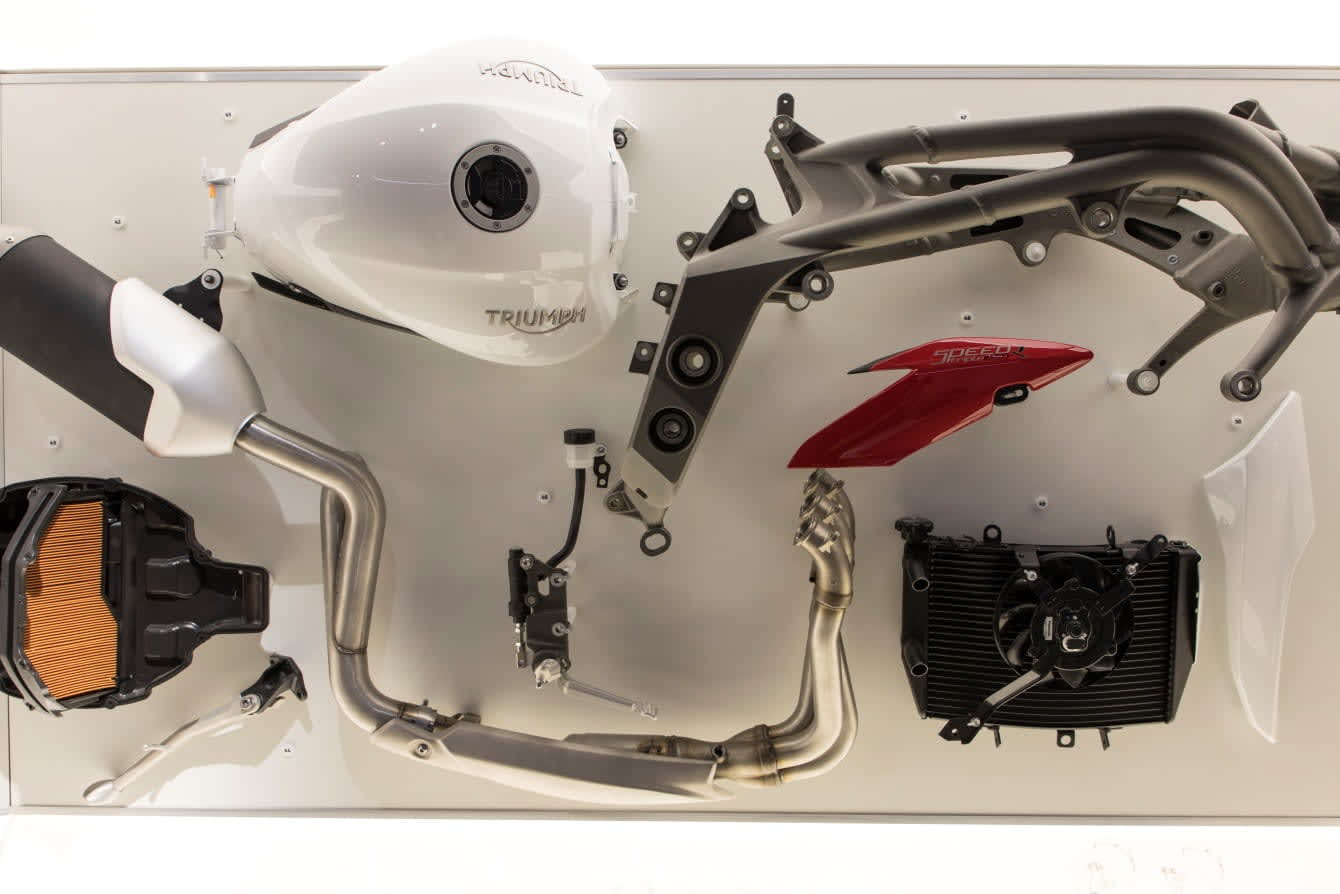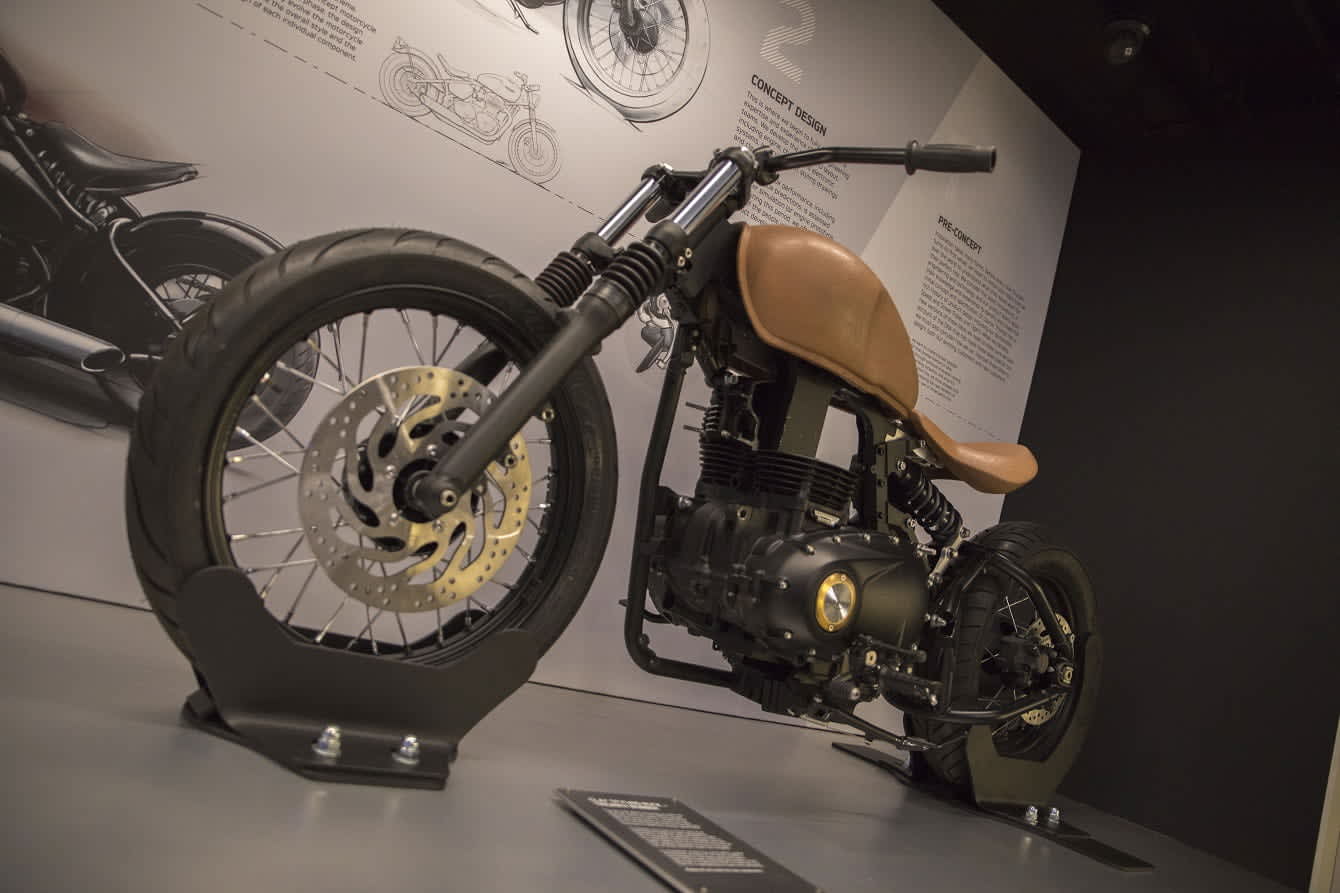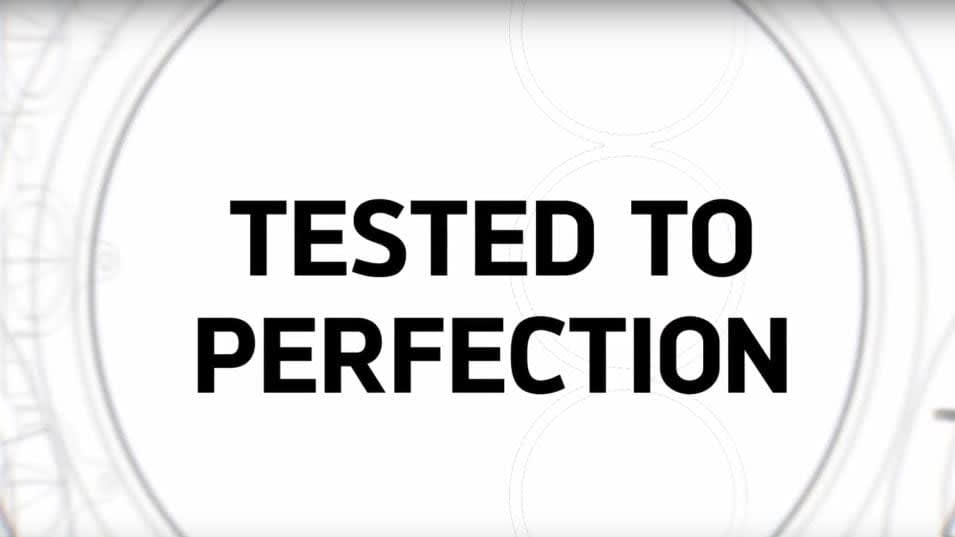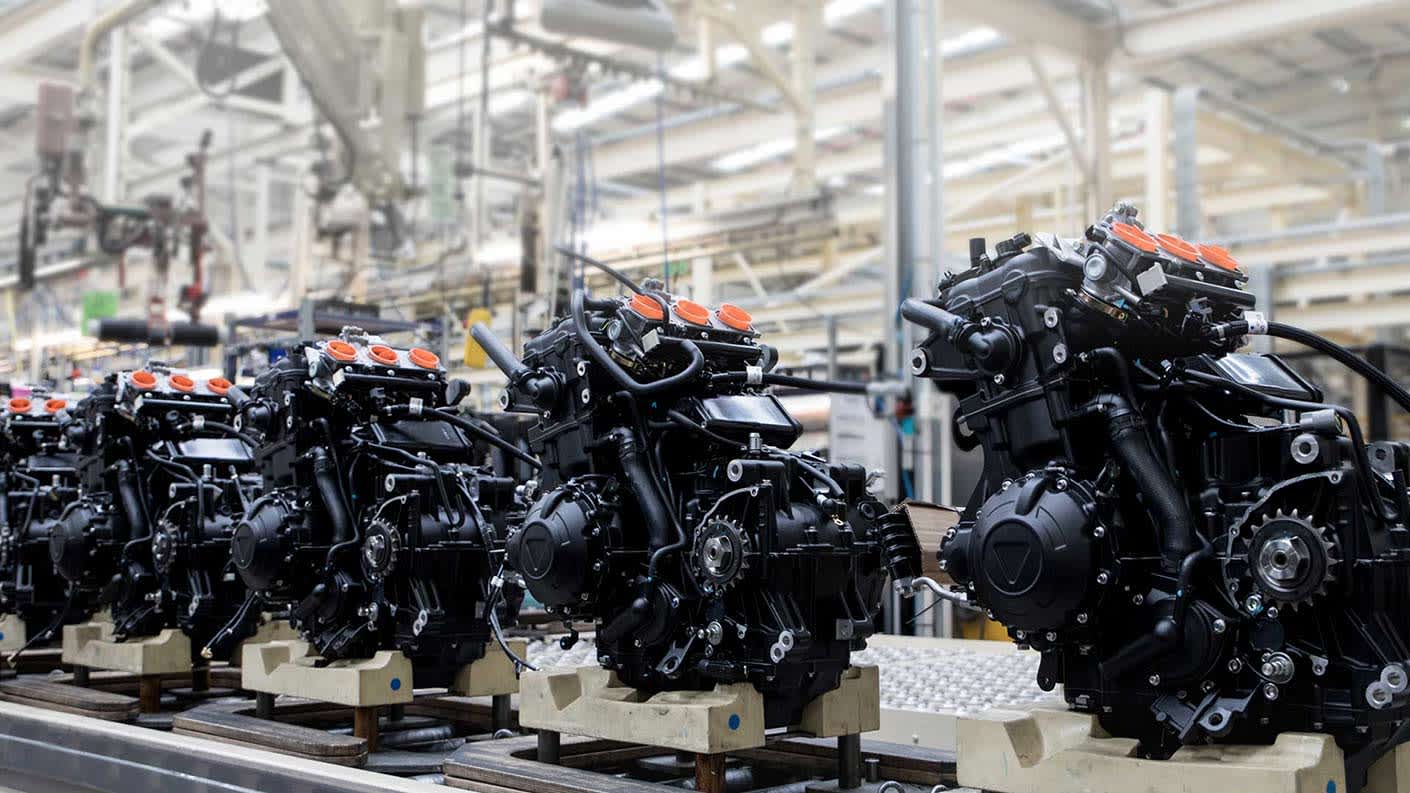OUR STORY
TRIUMPH PRECISION, CRAFT AND ENGINEERING

All Triumph motorcycles and accessories have been conceived, designed, prototyped, developed and tested by our own dedicated teams. From initial sketch to final assembly, each component of every motorcycle is precision-engineered for the perfect ride, and typically each new motorcycle undergoes six major stages of design and development.
This exacting process, outlined here, enables us to set the very highest of standards in precision, craft and engineering. This takes thousands of hours of design and development – and it’s how every Triumph begins its life.
01 PRE-CONCEPT
Before any new Triumph turns its first wheel, we listen to motorcycle riders from all over the world to understand what they want for their perfect ride. We consider the latest innovations in engineering and technology and our product teams apply their knowledge and experience to identify and create an initial concept and specification.
CONSIDERATIONS
Triumph has a rich history of product design, so we need to make sure we take account of the DNA that has made our best-loved bikes special, while improving them with the very latest developments in motorcycle technology and engineering. We must also consider how we can introduce new motorcycle models to delight both new customers and existing Triumph enthusiasts.


03 SCHEME DESIGN
The scheme design phase takes the previous specification and styling direction and develops this into a motorcycle design. We evolve the initial sketch and clay model into a full-size representative model, and the accuracy of this model at this stage is such that it looks exactly like the finished production motorcycle. In parallel, for every component, we develop the initial CAD models to a 3D model.
COMPONENT SPECIFICATION
One of the most important tasks for the engineering team in the scheming stage is to develop the specification for each component or system, pulling together all the required technical information that has been agreed prior to this crucial point.

06 VOLUME PRODUCTION
Two or three years may have passed from initial pre-concept design. But now, following thousands of hours of design, engineering, testing, and more testing – and having successfully satisfied the intensive demands of our approval processes – Triumph is ready to begin full volume production.
PRECISION, CRAFT AND ENGINEERING
At Triumph we ultimately want to create the best possible motorcycle for that precise moment in time, whether that’s through technical innovation, styling, ergonomics, or handling dynamics. And, as each new model rolls off the production line, you can be sure that we’re already busy working on new product evolution and designs to develop the next generation of Triumph motorcycles for launch in two or three years’ time!




